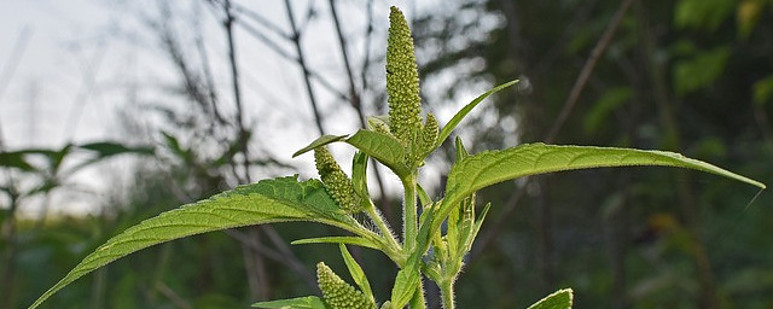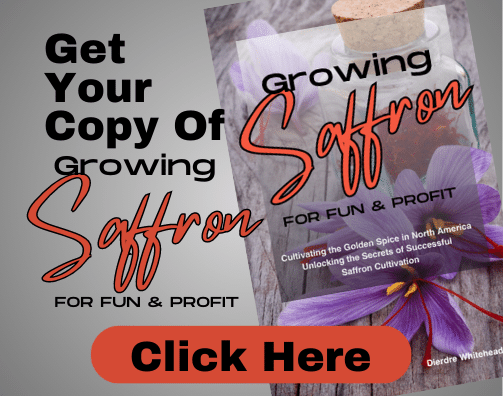
Foliage, Filler, Greenery. Flower farmers should consider planting two or three foliage plants if there is any intention of creating arrangements to sell at a roadside stand or farmers market. It also allows you variety when making offers to local florists. They love to buy from local producers and the more choice they have the better. When starting out choose two and get really great at growing them before branching out to more. Sometimes the best foliage for cut flower arranging are not the most obvious.
Setting the scene
Most foliage plants that are used for flower arrangements require full to partial sun. The ones listed here are generally grown in moist but well drained soil and all grow to around 2 feet tall. Poor soil will still produce a decent plant. Clay soil is unsuitable and rich soil will hinder flowering.
As with all farming activities getting a soil sample analyzed by your local agricultural Centre, letting them know what you are growing, is never a bad idea. Amend your soil as necessary and advised and you cannot go wrong.

Amaranth
Amaranth (Amaranths) is an edible plant, both seeds and leaves. It is closely related to Celosia, also a wonderful plant or cut flowers. Most varieties are annual with some perennials. Known to self seed if left to their own devices gardeners think the volunteer seedlings to 10 to 18 inches and relocate them to a more appropriate location. Amaranth can be direct sown and the plant will grow quickly.
Native to North America, hunter gather tribes used Amaranth for this Flavourful leaves and seeds for flour. It can grow up to 6 feet tall. Leaves are green changing to red as the plant matures. The flower heads grow red to pink and produce thousands of seeds.
Amaranth has a thick stem, large, broad leaves with prominent veining. A reddish stem, there will be a single feathered flower, burgundy to pink in col our. Pinching the stalk when about knee-high will create multiple stems which are smaller and easier to use.
Plant Amaranth around 10 inches apart providing enough space for air circulation. It prefers full sun, at least 6 hours per day and moderate watering. If overhead watering is to be used then water in the morning to allow leaves to dry. Fungus and root rot are the danger of over watering. Aphids and weevils are common pests that can be controlled with a simple insecticidal soap.
Varieties for cut flowers are many. Choose Trailing – Love-Lies-Bleeding, or Emerald Tassels; or Spike – Autumn Pallet or Hopi Red Dye.
Basil
Herbs have long had a place in flower arrangements. They bring wonderful, comforting scent that forms a foundation for the colourful blooms you are growing.
Basil is native to Asia where it can be found growing wild. It is often called the “king of herbs”. Roman legend says basil is the antidote to the venom of the basilisk. In the 1600s the English used basil to flavour food and as in insecticide. A sign of love to the Italians, buried with Hindus allowed them into heaven Basil is well-loved and well-used.
Basil (Ocimum basilicum) is very easy to grow, beautiful and versatile and goes with anything. Look for vertical forms to use as filler for your arrangements. Direct sow after the risk of frost at about 6 inch spacing. Water thoroughly, keeping soil moist until germination. After that you can keep the soil on the dry side. This will allow the stalk to become “woody” and therefore give you long vase life.

As with other foliage plants, soil should be well amended. Clay soil will not give a good result. Harvest as the basil starts to flower even if the flower will not be used. Allowing it to fade will start the deterioration of the rest of the plant.
Varieties best suited for a cutting garden include Dark Opal – deep purple Leaves and pink flowers. It has a gingery scent. Cinnamon Basil has a spicy scent, dark purple stems and green leaves. Red Rubin has purple/copper horizontal leaves, purple flowers and a rich scent. Mrs Burns Lemon basil is very bright, long, light green leaves, white flowers and a light lemony scent.
Dill
Large, multi floret heads make dill a must have for foliage in flower arrangements. The plant adds texture like no other plant can.
Dill (Anethum graveolens) is a seed spice crop and aromatic herb, native to Southwest Asia to Southeast Europe. Historically dill seeds were used for treating stomach ailments, colic, hiccups, bad breath, flatulence and hemorrhoids. Of late the volatile oil is used in gripe water for infant colic. It is an important anti fungal agent used in food safety. It is, of course, a central pickling spice.
Dill is an annual. It is fragrant and easy to grow. Tall green stalks up to 36″ tall. Dill requires full sun and moderate moist soil. Be sure not to over water which could destabilize the roots of the plant and cause it to topple. High winds are a danger. The large head (umbel) may pull the plant down. It may be necessary to add support to avoid this.
Dill can be direct seeded once the soil is warm or started indoors up to 4 weeks ahead or transplant once the risk of frost is passed. The plant matures after 85 days. Before harvest the little yellow flowers should be shed and bright green seed pods are formed
Dill has many varieties that can be used as flower arrangement filler. Long Island and Mammoth are the most common and the tallest and mostly used for pickling. The large heads make great texture. Ducat is another small variety, brighter green and compact. Fern leaf is a common dwarf variety and is popular as filler in flower arrangements.
Conclusion
Filler, foliage, greenery – necessary parts of flower arranging and necessary plants for every flower farmers garden. Picking one or two plants to start will give you a well-rounded choice for arranging for your market or roadside stand or offering for local florists to choose from. There are so many that are edible but beautiful and should be part of the garden.



